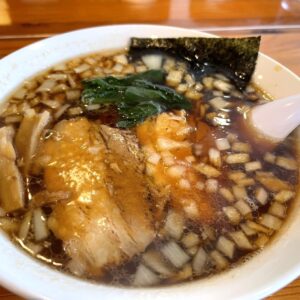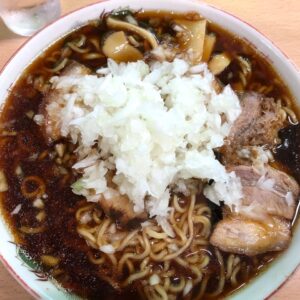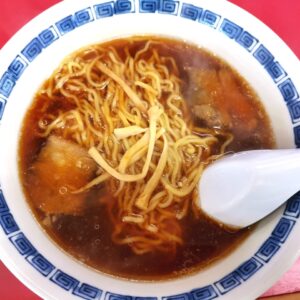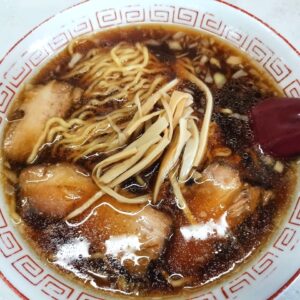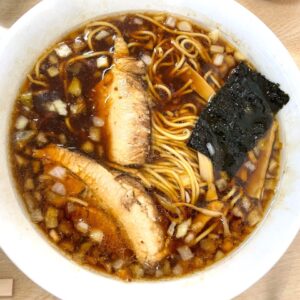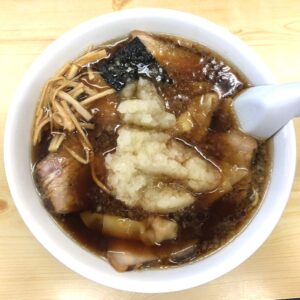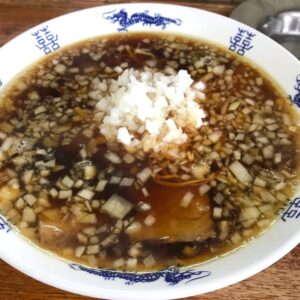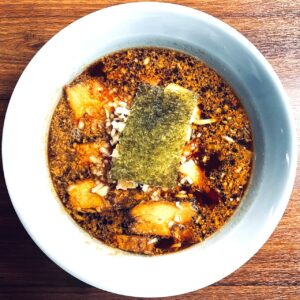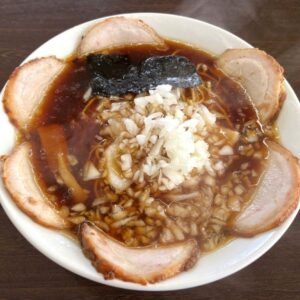Takeoka Style Ramen (Chiba Pref.)
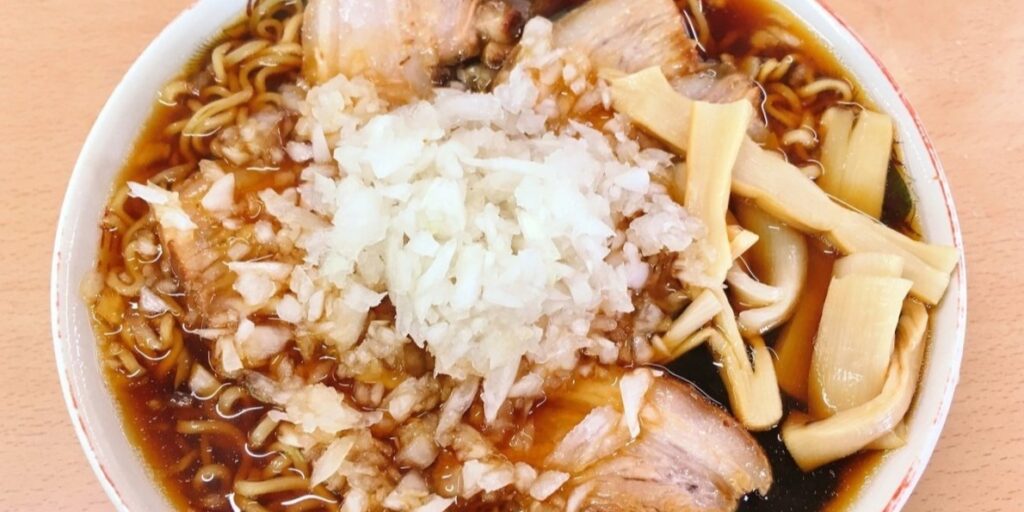
What is Takeoka (style) ramen(竹岡式ラーメン)?
Ramen originated in the Takeoka area of Futtsu City(富津市), along the Uchibo Sea in Chiba Prefecture, facing Tokyo Bay. This local ramen is said to have originated at Umenoya(梅乃家), and is made using a unique method that uses no dashi stock and is characterized by a jet-black, salty soup that is made by simply diluting the soy sauce sauce in which pork is simmered with hot water. One of the three major local ramen in Chiba.
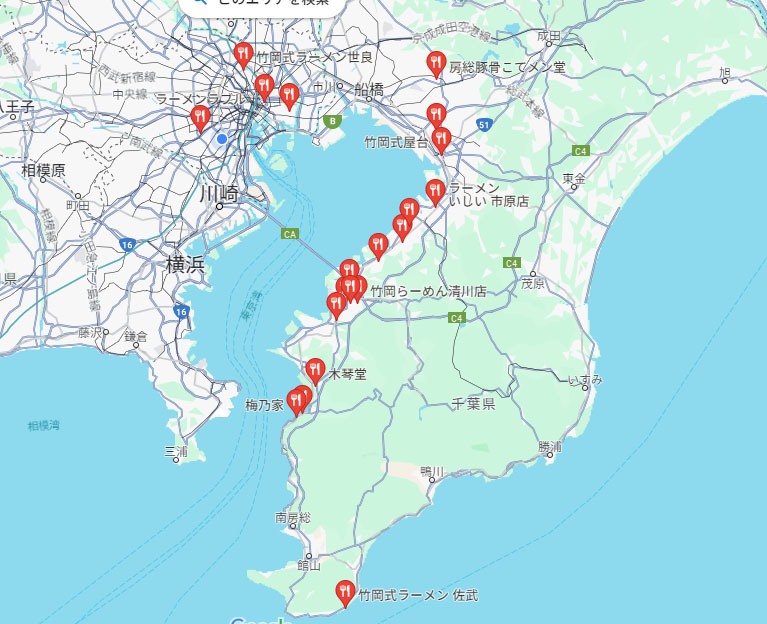
Distribution of Takeoka style ramen shops
Features
The soup consists of just the hot water in which the noodles were boiled and the soy sauce sauce made from the chashu broth. Black and salty. Umenoya(梅乃家) uses dried noodles. Use diced onions as a condiment. Unlike the original Umenoya and Suzuya(鈴屋), branch shops may use their own unique innovations, such as using raw noodles or kelp soup stock.
Unconventional local ramen
Local ramen (local spot ramen) is usually popular at the prefecture or city (or rarely, town) level. However, “Takeoka(竹岡)” is the name of a place in Futtsu City, south of Kisarazu in Chiba Prefecture. Despite this, it is interesting that it is so well-established as a local ramen that it is even called Takeoka-kei(竹岡系; Takeoka lineage or style).
The representative shop is “Umenoya(梅乃家)“, which is said to be the origin of the Takeoka style. The ramen here has a characteristic that overturns common sense about ramen. The dashi is hot water. No, it’s not called “dashi(stock)” because it’s just hot water. “Making the dashi stock”, which is the key to making ramen, is missing. When I was watching the noodles being made, I saw that they were pouring hot water into a pot and boiling the noodles there. When I thought it was about time, I thought it was normal to put the noodles in a bowl and added the boiling water as well. The expression “I put it in” is not the correct expression as it seems like the shop is cutting corners. The correct way to make this is to dilute the soy sauce with hot water. Yes, it’s like making instant noodles.
And the noodles are even more like instant ramen. Here at Umenoya, they use dried noodles (I’ve also heard that fresh noodles are used for a short time after business hours). Yes, it looks like instant ramen. However, I was surprised at how delicious it was, perhaps because Chiba is a soy sauce producing area. Even though it’s hot water ramen made with dried noodles.
However, it is rare for Takeoka ramen to use dried noodles. However, many of them have inherited “hot water ramen.” There is also “Suzuya(鈴屋)” in Takeoka, “Fujiya(富士屋)” in Kisarazu, “Sato-kun (佐藤君 * relocated to Kimitsu as Kame-chan(かめちゃん))”, and “Takeoka Ramen(竹岡らーめん)” (this is a chain store with many shops currently open). Finely chopped onions are used as a condiment, and they go well with the dark soy sauce flavor.
Ramen-Japan / Examples of Ramen Shops
Examples of the typical Takeoka (style) ramen shops
Examples of the Takeoka style ramen shops in other areas
The shops that serve Takeoka-style ramen are located along the Uchibo coast in Chiba Prefecture (see the map below), as they were created as a meal for fishermen, but you can find some operating in Tokyo and other remote locations.
-
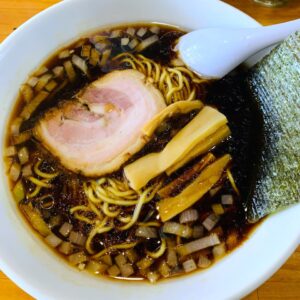
Ramen Rubble (ラーメンラブル Setagaya Ward, Tokyo/Nishitaishido Station)
-
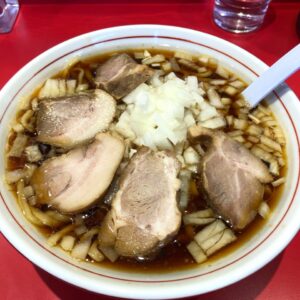
Takeoka-style Ramen Sera (竹岡式ラーメン 世良 Toshima Ward, Tokyo/Komagome Station)
-
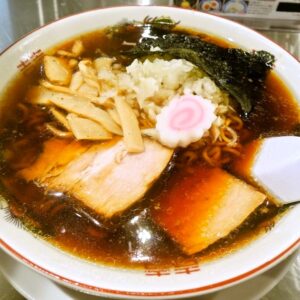
Takeoka Style Ramen Marutake (竹岡式ラーメンまる竹 Chuo Ward, Tokyo/Hamacho Station)
-
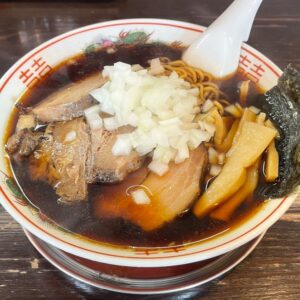
Takeoka style ramen Taketoku (竹岡式ラーメン 竹徳 Koto Ward, Tokyo/Minami-Sunamachi Station)
-
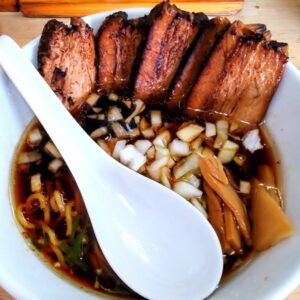
Noodle Shop Kirinji (めん処 麒麟児 KIRINJI Nagareyama City, Chiba Prefecture/Unga Station)
-
